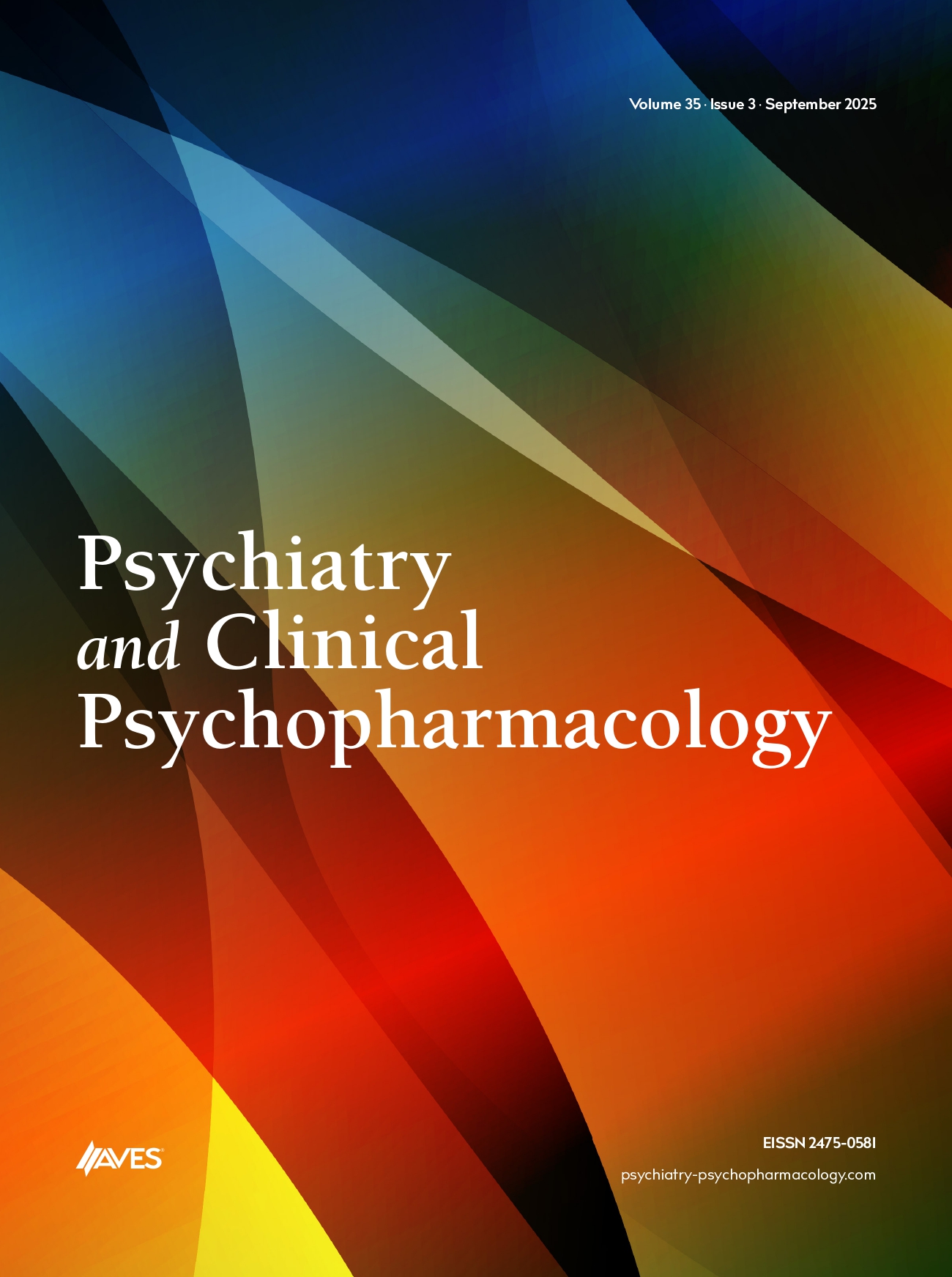Multiple sclerosis (MS) is a chronic autoimmune disease that targets myelinated axons and the most common disease of central nervous system leading to disability among youngsters. However as a significant burden of psychiatric comorbidity that can be reported in patients with multipl sclerosis, depression is the most common psychiatric manifestation occurring in approximately 50% of patients. Electroconvulsive therapy is the most potential antidepressant treatment especially in psychotic depression and drug refractory states. There are relatively few case reports about electroconvulsive therapy (ECT) in patients with multiple sclerosis. We present a case of depression secondary to MS, successfully treated with electroconvulsive therapy (ECT) without any exacerbation in MS symptoms, A 34-year-old female with a 15 years history of MS was referred to our consultation liaison psychiatry department with depressive symptoms including suicidal thoughts. There were two depressive episodes responsive to antidepressant treatment in 2000 and 2009 in the past. There was no history of psychiatric disorders in the patient’s family. She reported low mood, pessimism and diminished interest in daily activities for one year, unresponsive to şuoxetine, venlafaxine and bupropion treatment. Because of the severity of depressive symptoms, she was admitted to our inpatient unit and ECT was commenced. She went under 7 sessions of bitemporal ECT with an electrical stimulus between 600-800 mA, pulse width of 1.2-1.4 miliseconds, 100-120 Hertz and 1.5-2.5 second duration with a Spectrum 5000 Q ECT instrument. She received general anesthesia with propofol 60 mg and 25-30 mg succinylcholine and no complications were noted other than post-ECT delirium. After ECT treatment her depression lifted, suicidal thoughts decreased. There was no difference at control through cranial MRI and no worsening was observed in MS. In her six months follow up, there were no mood episodes on psychotherapy plus escitalopram treatment. A temporary slight cognitive deterioration was observed. Interpersonal relationship difficulties were also noted beyond unadaptive personality traits. ECT seems to be rarely used in affective disorders with MS patients perhaps out of concern over the potential for exacerbation of neurological symptoms or anesthesiological complications. In literature all case reports except one recommended ECT as a safe and effective treatment of depressive symptoms in patients with MS. In our patient depressive symptoms disappeared while no deterioration was observed in neurological state except cognitive disorientation for a very brief period of time after ECT. We would like to point out that electroconvulsive therapy can be an alternative treatment in resolving affective features in patients with multipl sclerosis.


.png)
.png)